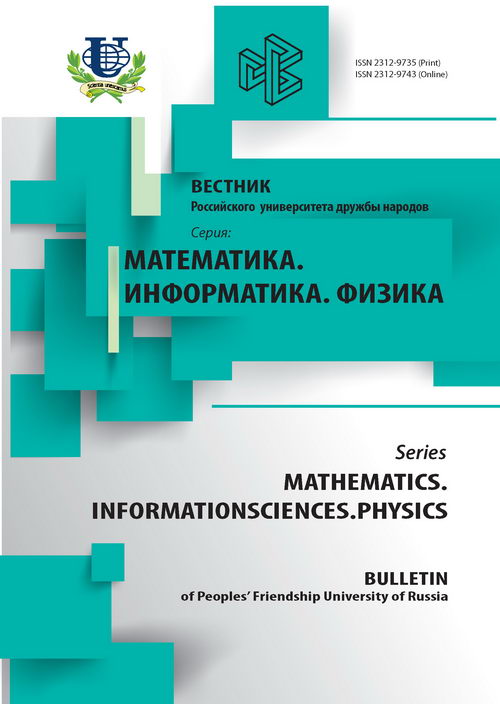Spinor Model of the Transition of the Universe from the Slow Expansion to the Accelerating One
- Authors: Kovalchukov NA1, Shikin GN1, Yuschenko LP1
-
Affiliations:
- Peoples’ Friendship University of Russia
- Issue: No 4 (2015)
- Pages: 56-60
- Section: Articles
- URL: https://journals.rudn.ru/miph/article/view/8221
- ID: 8221
Cite item
Full Text
Abstract
According to the astronomical data our Universe is expanding with acceleration in the present stage. One of the possible explanation of such evolution is that in the present epoch about 70% of the total mass of the Universe is represented by dark energy(cosmic vacuum). Under simulating of the matter of the Universe we use the state equation of the form P =Wɛ, where P is pressure, ɛ is energy density. Under such state equation W = -1 corresponds to dark energy, that leads us to the state equation of the ideal fluid with negative pressure: P= -ɛ < 0. This case corresponds to the cosmological constant. The transition from the slow expansion to the accelerating one means that at some stage of the evolution acceleration a(t) changes it’s sign from minus to plus. In this case the parameter W changes from values W > -1 to the value W = -1. It is notable that the case - 1 < W < -1 3 corresponds to the quintessence, and W < -1 - to the phantom matter. In this work we consider the transition of the Universe from the slow expansion to the accelerating one on the assumption that the Universe is filled by spinor matter.
Keywords
About the authors
N A Kovalchukov
Peoples’ Friendship University of Russia
Email: n.kovalchukov@rudn.ru
Department of Theoretical Physics and Mechanics
G N Shikin
Peoples’ Friendship University of RussiaDepartment of Theoretical Physics and Mechanics
L P Yuschenko
Peoples’ Friendship University of Russia
Email: yuschenko_leonid@mail.ru
Department of Theoretical Physics and Mechanics
References
Supplementary files















